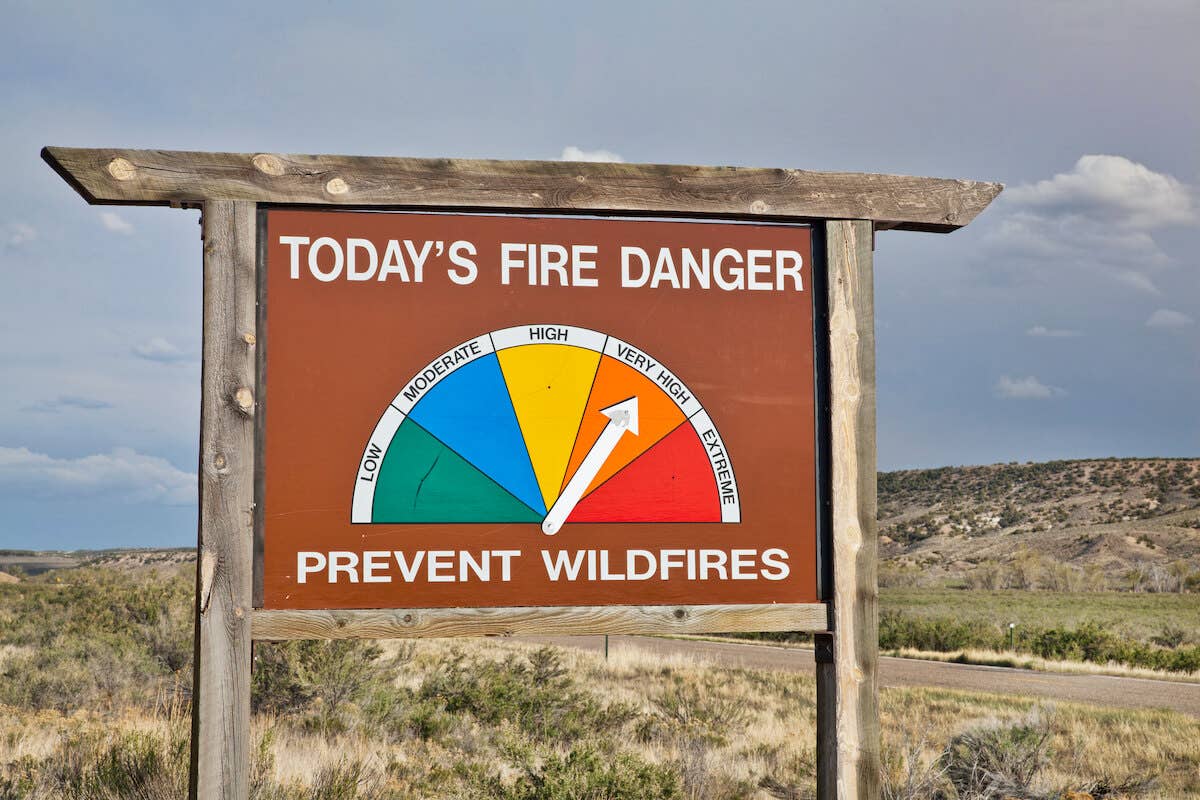While your home insurance is there to protect you if you do experience a wildfire, it can’t prevent a loss in the first place. Living in an area with wildfire risk means you need to take steps to protect your home and family. Let’s take a closer look at what you can do to be prepared.
How to protect your home from wildfires
The truth is minimizing your home’s wildfire risk is up to you. The first step is to create a defensible space around your home. In most cases, that means taking measures like:
-
Using noncombustible materials near your home.
-
Moving stored lumber and firewood to at least 30 feet away from your home.
-
Making sure branches are at least 10 feet away from chimneys.
-
Limiting the number of combustible items on your deck.
Another big problem for homes in wildfire areas are flying embers getting into homes. You can mitigate this risk by covering attic vents with a fine, metal mesh to prevent embers from entering. While you’re at it, look for other areas around your home for places where embers might enter and seal them off.
Be sure to check for debris in your gutters, too. Keeping gutters, and really, all of your property, free from dead or dry vegetation can reduce your wildfire risk.
Open eaves (i.e., the section of your roof that extends over the exterior walls) can also be a problem because they trap heat. You may need to hire a professional to enclose eaves.
These and other fire prevention tips can help keep your home and family safe.
Where wildfire risk is greatest
Not all communities face the same risk for wildfires. Unsurprisingly, areas with the worst drought conditions tend to have the most wildfires. Another indicator your home might face greater risk? Living in a wildland urban interface (WUI) – essentially, an area that’s changing from unoccupied land to developed land.
States with greatest number of home in a WUI are:
For a more detailed understanding of the risks your home faces, you might want to check out the National Risk Index. Entering your county in the search bar shows the area’s risk index score for 18 different events, including wildfire.
Climate change and wildfires: What’s the connection?
The general consensus in the science community is that climate change is a key factor in increasing wildfire risk. The ideal situation for a wildfire includes hot temperatures, low soil moisture, and the presence of fuel (e.g., trees and shrubs). Climate change brings higher temperatures and more drought, and the dryer conditions make it easier for fires to start and harder to put out.
Does home insurance cover wildfire risk?
Fortunately, most homeowners policies cover wildfire risk. Depending on where you live and who your insurance company is, you may be required to create a foliage-free barrier between your home and the grass, trees, and shrubs that surround it. This defensible space, which typically starts next to your home and extends approximately 100 feet, helps reduce the chance of a fire spreading to your home.
You should note, however, that some insurers may limit coverage for wildfires in some areas. Some may adjust their underwriting of homes in wildfire zones if the risk continues to increase. This is why it’s important to review your home insurance every year to see if any changes affect your coverage.


